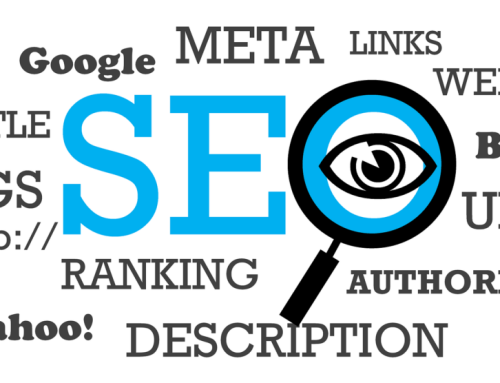As a website designer/manager/writer/chief cook and bottle-washer, I review Google Analytics and Webmaster Tools daily for information on how my sites are performing. In addition to offering helpful suggestions about how my pages are coded for SEO, both of these tools offer so much insight on so many different subjects that even spending about an hour a day on the ten or twelve sites I manage is hardly enough to even scratch the surface.
But to concentrate on a couple of aspects I find illuminating, Webmaster Tools offers exhaustive compilations about “search queries,” the terms people use which bring up a website in search returns. Besides telling me what specific pages are targeted, including those on my blog, it also reveals what image files, tags and PDFs are involved in drawing interest.
For my own website, I have been puzzled by the two most popular search queries, month after month, which bring up one page on my website in thousands of search returns. They are “buffalo logo” and “vet logo,” both of which target my logo & trademark page containing examples of each.
Only recently did I realize that when people search, they don’t just search the web for textual content, they also search for images. Of course, having been in this business for a long time, it’s been maybe ten or more years that I have been careful to camouflage my web images with cleverly coded file names, so my personal photos and artwork are not so easily stolen (wishful thinking!). For the same reason, I also refrain from describing those same images within the “image alt” coding where you normally offer text to people with sight limitations. Since file name and image alt are two parameters with minimal importance in SEO, I hardly considered this a ranking problem, while I continue to grapple with its ethical ramifications.
Obviously, on closer inspection, these two file names were not coded carefully enough more than a decade ago because each of those images alerted Google to matching content within those searches (since Google’s robots can’t “see” the images). Although the average position of the logo page in search results was 100, it was first(!) for each of the .jpg images. Had I been trying to orchestrate better SEO for those terms, it is now apparent how much more important the file name and the image alt can be in affecting page ranking.
One of the reasons to monitor these results is to see if your website content is appropriately attracting the right searches. For instance, for my clients whose websites draw importance from a geographic region, I always include textual references to the area in question, specifically naming cities, towns or counties, particularly on pages offering directions, etc. Unfortunately, these terms often result in attracting people who are tourists seeking entertainment information rather than entry to my client’s assisted-living nursing home in the region. On another client’s site, I notice that pornographic search terms are consistently bringing up pages selling her dog bone cakes.
However, just because a page appears in search results does not necessarily guarantee people will actually click to visit it. Since Webmaster Tools reports both number of impressions vs. the number of clicks generated, and Analytics tells me how long they spent on the page, I can critique what pages result in visits. On my client’s auto accessory e-commerce site, it is surprising to see that an average position of up to 500 still produces a generous number of clicks because what he sells are hard-to-find items for a certain brand’s fanatical owners. People desperate to find a specific item that will fit their year, make and model of car at a reasonable cost apparently don’t confine their searches to only page one of search results, although most of his pages consistently achieve page one position, making me skeptical of position 500!
The best gauge of analysis of a page’s value to a visitor in my opinion, though, is told by the bounce rate (or how quickly they exit). Analytics reports this data which you can assess in conjunction with time spent on the page. If time spent is 0.00 and the bounce rate is 100%, you can safely assume the visit was a failure. However, I often notice day after day that a particular page is visited for 0.00 by the same “returning” visitor from the same town, browser, operating system, etc. From a deductive process of reasoning, I can only explain this mystery with the knowledge that when you open certain browsers, they reiterate tabs from previous days to pages which you never visit again. The only way to stop this process is to delete each tab prior to quitting the browser before turning off your computer.
This and many other idiosyncrasies of browser behavior tend to skew the painfully precise data I spend time analyzing to no avail making me distrustful of what I am learning. (As a test, having just searched both buffalo logo and vet logo on a browser with cookies turned off to try to get a true reading, I could not locate either of my files in the hundreds of image results produced.) This just goes to prove the point that there is merit in questioning authority and to take some of this gut-wrenching information with a grain of salt.
By Marilyn Bontempo





